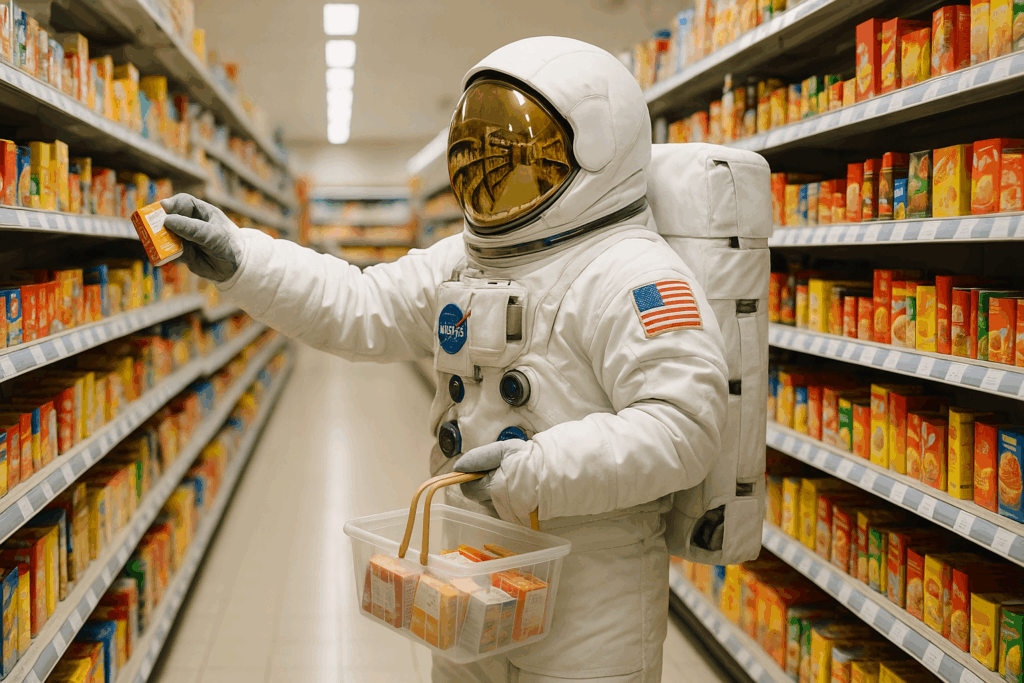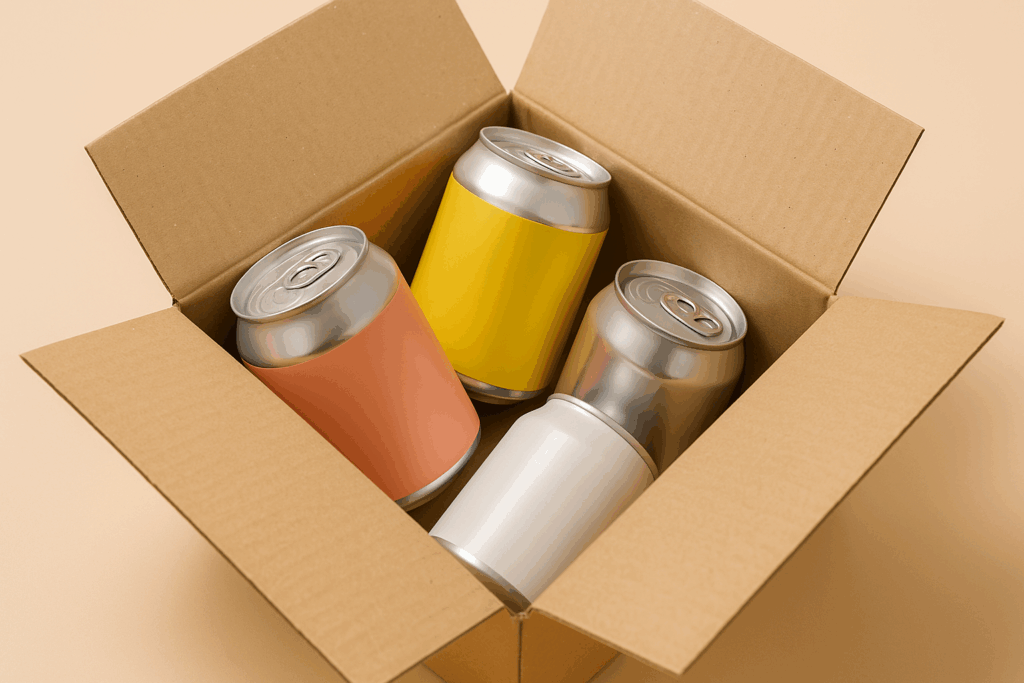Your packaging is the first point of contact customers have, whether online or in-store. A strong design does more than catch the eye but it also builds an emotional connection that reflects your brand’s values and influences buying decisions. That’s where working with a skilled package design agency like MAVRK Studio comes in to create packaging that stands out and complies with industry standards.
This guide walks you through the essentials of CPG packaging from the design process to practical tips, so you can handle your next project with confidence.
The Role of Consumer Packaged Goods Design
In consumer packaged goods design, packaging is more than a container. It’s the first brand encounter and a powerful tool for influencing decisions. Effective design tells a story and communicates brand values in a way that resonates with consumers.
According to an Ipsos survey, 72% of Americans say packaging design influences their purchasing choices while 67% note that the materials used also matter.
These findings highlight how packaging design is more than just visual appeal but it directly shapes consumer trust and buying behavior.
The Importance of Packaging Design
Packaging design is a powerful driver of consumer behavior. Eye-catching packaging captures attention on crowded shelves and increases the chance of a purchase decision while also shaping how a brand is perceived. This shows how packaging directly influences consumer preferences and brand loyalty.
By designing packaging with emotion in mind, brands can build trust and deliver positive experiences that encourage long-term relationships. Shelf appeal plays a crucial role as well. According to NVC Packaging Centre, 76% of buying decisions are made in-store, underscoring the importance of packaging that both attracts attention and communicates value instantly.
Unique and innovative packaging designs are more likely to be shared on social media which expands visibility and engagement. At the same time, sustainable packaging has become a key expectation among consumers who value environmentally responsible practices.
Embracing sustainability not only meets these expectations but also strengthens trust which makes it a vital strategy for brands aiming to stay relevant and competitive.
Guide to Packaging Design Process
The process of consumer packaged goods design is a strategic approach that transforms brand ideas into packaging that attracts attention and drives sales. By following these steps, you can create packaging that is both visually compelling and market-ready.
- Research and Discovery: Start with research to create packaging that resonates. Define the product’s concept and USP, then study trends and consumer preferences to build a design that connects.
- Brainstorming and Ideation: Bring your creative team together to brainstorm ideas. Experiment with concepts, color palettes and layouts that align with the brand identity and enhance the product’s appeal.
- Idea Development: Narrow down the strongest ideas and refine them. Each concept should clearly convey the brand message, highlight product attributes and evoke the right emotions.
- Design Execution: Use a data driven approach to turn concepts into polished visuals. Combine design software with skilled illustrators, ensuring typography, imagery and color schemes align seamlessly to create a cohesive package.
- Prototyping: Translate digital designs into physical prototypes. Test for size, texture and overall feel to confirm that the design works as intended before mass production.
- Consumer Testing: Share prototypes with your target audience through focus groups or surveys. Collect feedback on likes, dislikes and overall impressions to guide refinements.
- Finalization and Production Preparation: Incorporate consumer feedback, finalize the design and coordinate with production teams. This ensures the packaging is both attractive and practical for large-scale manufacturing.
Tips to Create the Best Packaging Designs
Brands need a balance of strategy, creativity and consumer insight to create the best CPG packaging designs. Here are key tips to guide the process:
- Know Your Audience: Research consumer demographics and preferences to design packaging that resonates emotionally and meets consumer expectations.
- Showcase Brand Identity: Align colors, typography and imagery with your brand’s personality, values and story to ensure consistency across all products.
- Prioritize Clarity: Use simple layouts, legible fonts and intuitive visuals to communicate essential product information quickly to consumers.
- Stand Out from Competitors: Incorporate bold colors, unique shapes and creative illustrations that differentiate your product while staying relevant to your category.
- Balance Form and Function: Ensure packaging is both attractive and practical, with features like resealability and durability that improve the consumer experience.
- Use Quality and Sustainable Materials: Choose materials that reflect your brand values while appealing to eco-conscious buyers.
- Tell a Compelling Story: Leverage visuals and copy to highlight product benefits and create an emotional connection with consumers.
- Test and Refine: Gather feedback through focus groups or small-scale tests, then adjust designs based on real consumer responses.
- Embrace Sustainability: Eco-friendly packaging isn’t just a trend but it’s a consumer expectation that builds trust and loyalty.
- Stay Relevant: Refresh designs regularly to align with current tastes and evolving market trends.
From Shelf Appeal to Sales Impact
Effective CPG packaging directly shapes consumer perception and purchasing decisions. From concept to shelf, the right design can transform ordinary food products into memorable brand experiences that drive sales. If you’re ready to create packaging that not only stands out but also sells, partner with MAVRK Studio to bring your vision to life.





